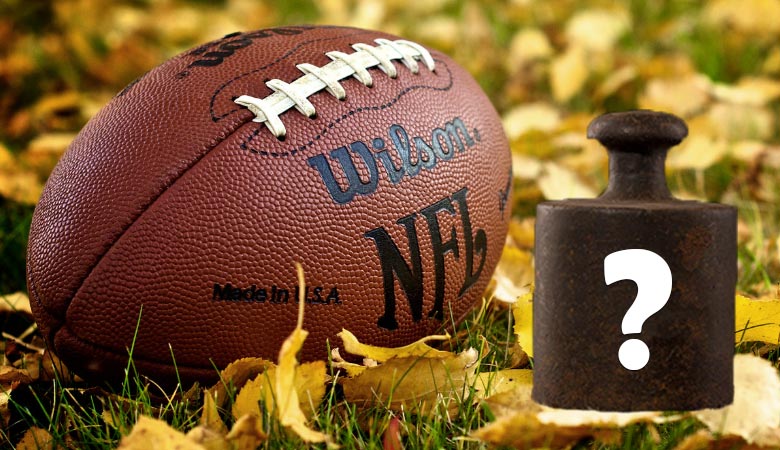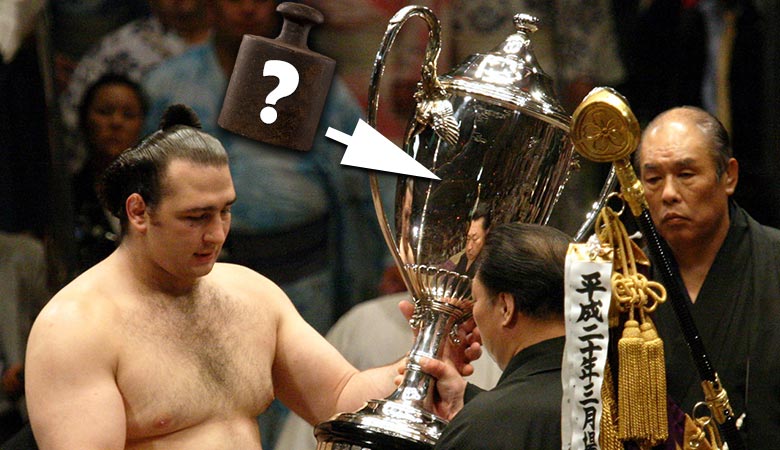Are you in the market trying to buy a bowling ball? You must have faced the importance of bowling ball weight. You will have complete control with a lightweight ball, but heavier balls work best for bowling a strike.
Therefore, heavier bowling balls are the best for achieving a good swing. However, a lighter bowling ball is easy to roll and provides better control. Beginners are advised to use a lightweight ball to have a feel for it until they are comfortable aiming for a strike.
What Should You Consider When Choosing A Bowling Ball?
While weight plays a significant role in your decision, it is not the only factor to consider. After all, you might obtain the ideal weight while receiving a subpar brand. Scratches, missing pieces, tiny finger holes, or an unpleasant appearance could be the outcome. Let’s break down a few factors you should take into account when buying a bowling ball into these categories:
Choose a high-quality brand. The brand, as demonstrated by bowling.com, may make or break your bowling experience. You will get what you pay for if you choose a cheap company. Dents, dings, and other imperfections could jeopardize the bowling ball’s structural integrity.
Check the drilled holes. When purchasing a bowling ball, there are several different sizes to take into account, but you cannot ignore the size of the holes. They should be wide enough to keep your fingers from getting caught in them yet snug enough to prevent movement while rolling the ball.
Check the color and pattern. It doesn’t harm to look at the decorative features even though they do not affect how well the ball performs. Thanks to various artists and machines, bowling balls now come in various colors and distinctive patterns. Choose a person who fits your style.
Set a reasonable budget and stick with it. Create a price and leave some leeway to provide some wiggle room if you want to ensure that you don’t spend too much. A good bowling ball costs $50 to $100 or more.
Benefits of Heavy Bowling Balls
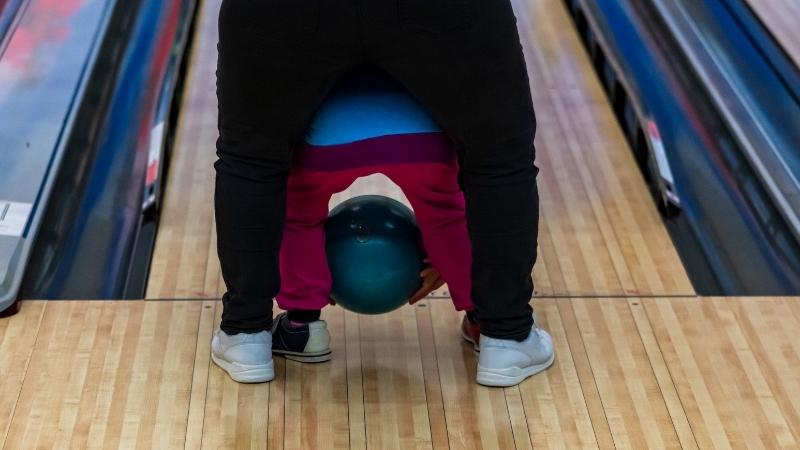
More Impactful Throws
As a result of its greater weight, a heavy bowling ball has more power and will strike the pins with greater force than a lightweight bowling ball.
Second, you will only need to knock down four pins; the remaining six will be knocked down due to your success. There will be many more opportunities for a strike because the bowling ball’s whole inertia will be transferred to the pins it strikes.
Easier to Swing
A heavier ball is significantly more straightforward to swing than a lighter ball. Lighter bowling balls have more pounds per square inch than lighter balls.
The more speed a ball has, the more force you will need to throw to give it the momentum it needs. In contrast, heavier balls can quickly develop significant momentum due to their weight, allowing the thrower to concentrate more on swinging the ball.
You may roll these balls with your hands and arm. If you’re maintaining a nice posture while you swing the ball, it will move smoothly.
Less Deflection
Bowling balls that are heavier keep deflection from damaging your shot. The most significant advantage of heavy balls is typically this. When you let go of the ball, they continue along the trajectory that they were on. Additionally, you will improve your accuracy by raising your carry percentage.
Easier to Hook
You already know how important a hook is in bowling; without one, you might never toss a strike. A heavier bowling ball will allow for a bigger hook because it will be simpler to hook it than a lighter ball.
More Strikes
Heavier balls have a higher possibility of being struck. The likelihood of hitting striking increases noticeably as the ball’s weight increases since it has more power and higher hooking potential.
Drawbacks Of Heavy Bowling Balls
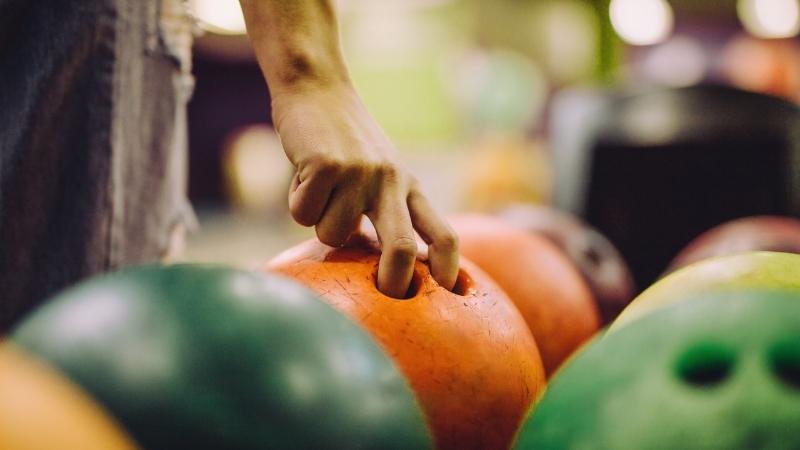
Wrist strains/Point Pain
It isn’t easy to carry a 16-pound ball and throw it with strength and good precision, especially if you’re not in great physical shape. You may get pain in your wrist, shoulder, or elbow if you use a heavy bowling ball.
As a result of using a ball that is too heavy for their frame, many bowlers get wrist injuries.
This implies that you’ll struggle with your ball speed and rev rate, two factors that are crucial for a decent bowler. Although maintaining good posture can help, there is still a potential for strain. One of the reasons bowlers move from using light bowling balls is due to this.
Poor Control
Since the ball is heavy, you won’t be able to give it much speed, limiting your control over them; therefore, you’ll need to provide enough force to them.
Additionally, if the ball doesn’t move with the necessary speed, it will swing and land in the gutter. Even if you can control the ball, you will almost certainly fall victim to the first disadvantage I mentioned.
Benefits of Lightweight Bowling Balls
Easy to Control
One of the main arguments in favor of lighter bowling balls over heavier ones is this. They are also relatively quick and considerably simpler, and easy to manage. By flicking your arm in any way, you can take the trajectory.
Due to their small weight, they are simple to handle and toss in the desired direction.
Easy to Roll
Bowling balls that are less in weight provide a considerably smoother feel. Consequently, it is simpler to roll them because they don’t need a lot of force to compel. If you’re not used to bowling, you won’t have to cope with an awkward swing. Additionally, you won’t experience joint or muscular pain.
With all the benefits mentioned above, lightweight bowling balls tend to be more comfortable than heavyweight bowling balls. You don’t necessarily need to bend your arms as much to perform a throw. They will also comfortably fit your hands.
Using a lightweight bowling ball will, most of the time, prevent wrist strains and pain in your arms after your bowling game because it won’t exert much pressure on your arms.
Good For Beginners
A lightweight bowling ball is simpler to manage, as previously said, which is a crucial aspect of bowling where beginners struggle. Heavy balls are difficult to handle, hence lightweight balls are thought to be helpful for beginners.
Due to their lack of experience and knowledge of hooks and straight shots, beginners should choose a lightweight bowling ball. They need something light to train more effectively. These balls will give you more control over the process and help you learn the ropes more effectively.
Drawbacks of Lightweight Bowling Balls
Poor Ball Deflection
With light balls, it is challenging to produce the ideal ball deflection. Even the best shots might occasionally end up disappointing with lighter balls. They alter the pin action, which causes a greater percentage of the pin to be deflected off.
Less Impact
Bowling balls that are lighter than heavier ones typically have less inertia. This implies that they won’t hit many pins. You don’t have the same weight behind it as heavy balls, which is the cause of this. As a result, you’ll be at a disadvantage when bowling.
Contrasting the heavy and light bowling balls, particularly when selecting them for the first time, is important. If you still have trouble finding the correct weight ball, you can visit a nearby bowling alley and try them both.
How Do You Know If Your Bowling Ball Is Too Heavy Or Too Light?
If you can maintain your hand position for several minutes, your bowling ball is too light for you. On the other hand, if you drop the ball as soon as you get it in front of you, it is too heavy for you to handle.
What is the best Bowling Ball Weight for Beginners?

Beginners should typically utilize a 12–15 pound bowling ball. The ball’s physical prowess and comfort level should be considered when selecting a ball. The better the ball, but if you’re not physically active, it will be really challenging to control a heavy ball.
What Weight Bowling Ball Should Kids Use?
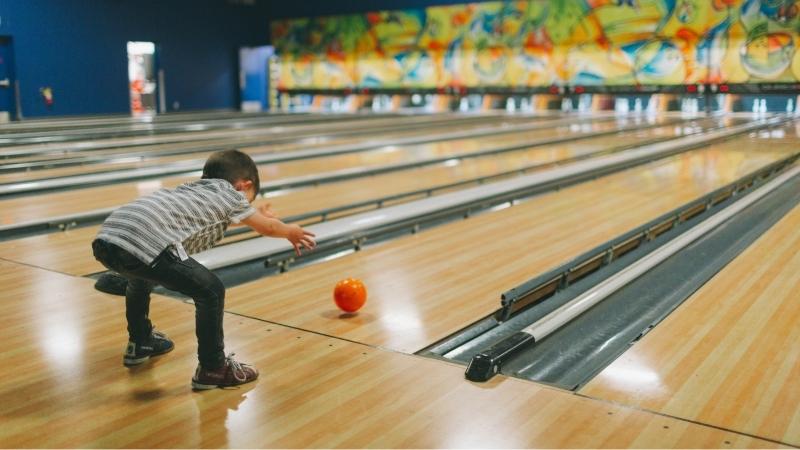
Children should utilize lightweight bowling balls; those under five should not use anything heavier than a 6-pound bowling ball, while those above five should use something between an 8- and a 10-pound bowling ball.
Use the lightest bowling ball possible because children are not physically fit (6 pounds). There is another bowling technique for kids called bumper bowling since kids frequently struggle to throw a ball with enough force to bowl correctly. More information on it is available here.
The greatest option if you want to take your child bumper bowling is bumper because it will make bowling even more enjoyable for them.
What is the best Weight Bowling Ball Weight for Women?
Most women will feel at ease and perform well with a 12–14 pound bowling ball, but it will also depend on the individual’s physical strength. Always throw the heaviest bowling ball you can reasonably manage.
What is the best Bowling Ball Weight for seniors?
Because they lack the strength to hurl a big bowling ball, seniors should use a lightweight bowling ball. For seniors, a bowling ball should weigh between 10 and 12 pounds.
You should be aware of whether you are physically capable of lifting large balls. It’s excellent to throw a big ball, but consider whether you can do so again without being hurt. In other words, the weight of the bowling ball you should use depends on how many games you can throw simultaneously.
What Weight Bowling Ball Do Professionals Use?
Because bigger balls provide them more power and hooking opportunities, most professional bowlers use a 16-pound bowling ball; however, many also use 15-pound bowling balls. Professional female bowlers typically utilize bowling balls that weigh 13 to 15 pounds because they find them more comfortable.
After years of practice, professional bowlers were accustomed to utilizing a 16-pound bowling ball, which accounts for their exceptional control of heavier balls.
Bottom line
The most frequent issue when selecting a bowling ball for a competitive game or match is the weight of the ball.
All of the information about bowling balls included above is essential for beginners. And as a bowler, you should be aware of how a lightweight and a heavyweight bowling ball function differently. These factors determine your bowling experience. Use caution and always consider your body’s health before going to the store to buy bowling balls.
Regardless of whether you select a lighter or heavier ball, try to concentrate on your energy level first to determine whether you can throw that ball in several games or not. Consider utilizing lighter bowling balls if your current ball is making you work harder and reducing the efficacy of your overall performance as the frames progress.
Additionally, strive to focus more on each motion and on honing your technique than on the ball. After all, a player’s abilities in every sport, with the smallest adjustment based on the ball, are what wins or loses a match.

